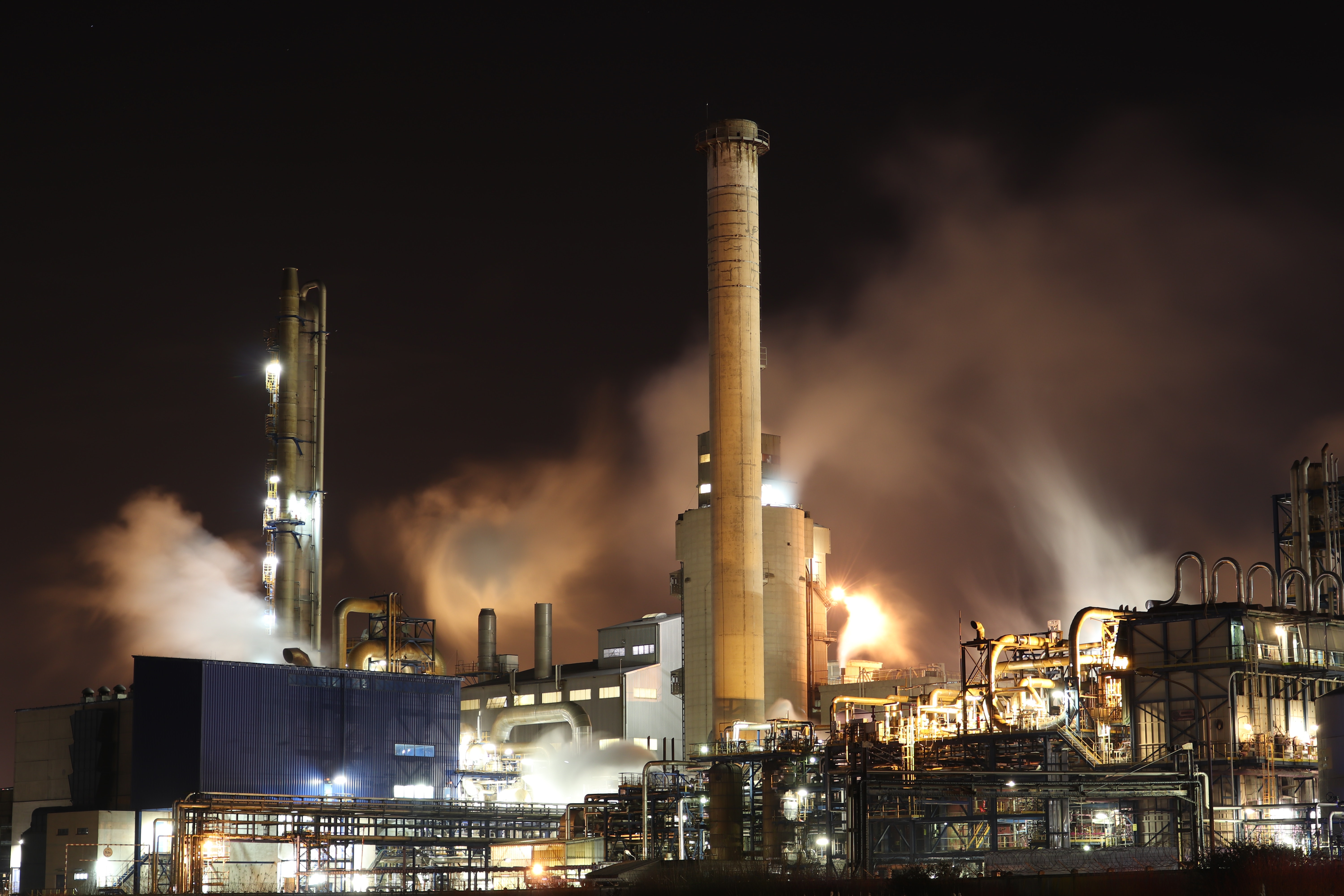
Carbon monoxide (CO) testing is a vital process used to detect and measure the presence of this colorless, odorless, and highly toxic gas in indoor and outdoor environments. Carbon monoxide is produced by the incomplete combustion of fossil fuels, such as gasoline, natural gas, oil, or wood.
The purpose of carbon monoxide testing is to ensure safety and compliance with regulations. Elevated levels of CO can lead to carbon monoxide poisoning, which can be fatal. Testing methods include ambient air monitoring using specialized sensors or detectors to measure CO concentration in the surrounding air. Flue gas analysis is another method used to assess the combustion efficiency and exhaust emissions of fuel-burning appliances. Personal monitors can also be used to assess individual exposure to carbon monoxide.
By conducting carbon monoxide testing, potential sources of CO can be identified, faulty appliances can be detected, and appropriate measures can be taken to mitigate the risks. Regular testing is crucial for maintaining a healthy and safe environment, preventing carbon monoxide poisoning incidents, and ensuring compliance with safety regulations.
Carbon testing
Carbon testing refers to the process of analyzing or assessing carbon content or carbon-related parameters in various substances or environments. Here are a few different contexts in which carbon testing may be conducted:
Carbon Dating: Carbon dating is a method used to determine the age of ancient artifacts, fossils, or archaeological samples by measuring the amount of carbon-14 (a radioactive isotope of carbon) remaining in the material. This technique is based on the decay of carbon-14 over time.
Carbon Content Analysis: Carbon testing can involve analyzing the carbon content in different materials, such as soils, sediments, organic matter, or fuels. This analysis can provide insights into carbon storage, carbon cycling, or the quality of organic materials.
Advantages of Carbon monoxide testing
Carbon monoxide (CO) testing offers several advantages in ensuring safety and protecting human health:
Prevention of Carbon Monoxide Poisoning: The primary advantage of CO testing is the prevention of carbon monoxide poisoning. By monitoring and detecting elevated levels of CO in indoor or outdoor environments, potential hazards can be identified early, allowing for timely intervention to prevent harm to occupants.
Early Detection of Malfunctioning Appliances: CO testing helps identify malfunctioning or poorly maintained fuel-burning appliances that may be emitting excessive levels of carbon monoxide. Early detection enables prompt repair or replacement, preventing further emissions and potential health risks.
Compliance with Safety Standards: CO testing ensures compliance with safety regulations and standards that define permissible CO levels in residential, commercial, and public settings. Regular testing helps maintain a safe environment and avoids legal or regulatory penalties.